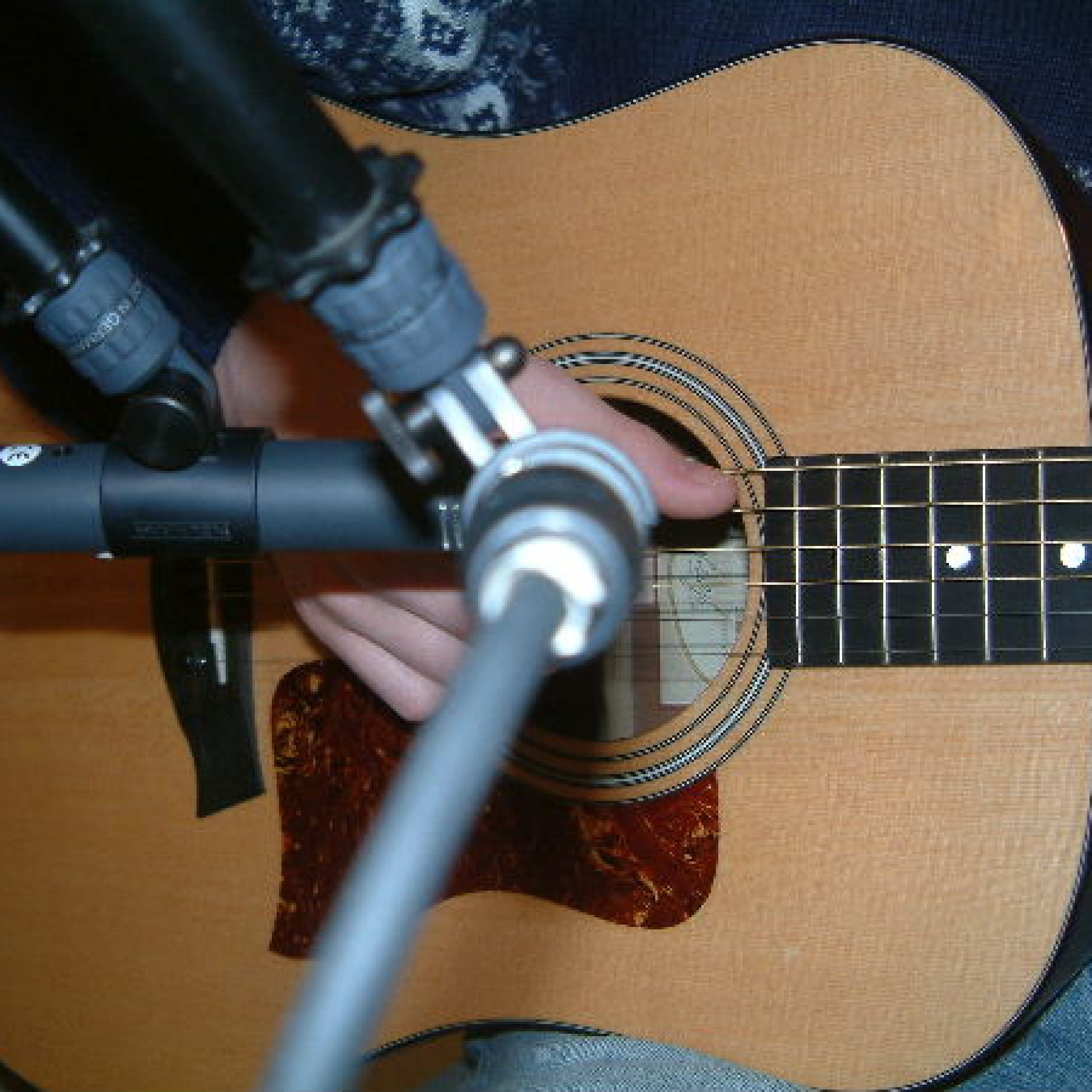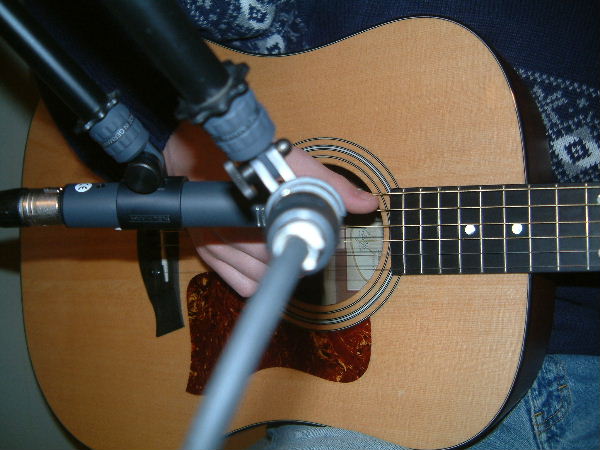
Top 3 Tips For Mixing Acoustic Guitars

So you’ve got your recording down, but your acoustic guitar’s not sitting well in the mix. Here are three tips to help things flow smoothly and sound better.
The problem most people face when mixing acoustic guitars is getting the levels right, along with the eq, compression and frequency balance. Of course, your plan of attack will change depending on whether the guitar your mixing is a solo (use reverb & delay to push it back into the mix) or if it’s rhythm (push it up front but be sure to not overpower the vocals).
TalkinMusic‘s Gugulethu (South African music producer and author) runs a daily tutorial blog, his top three tips for mixing the acoustic guitar seem pretty simple to achieve, here they are:
Record it Properly
It sounds simple, but if your recording is bad, no amount of mixing will make it sound better. So get it right the first time.
“If it’s not good from the source then you’re going to have a problem when mixing. If your room is not acoustic treated then I would advice you to buy an acoustic guitar pickup instead.
If you have both a mic and a guitar pickup then try both and see which one gives you good results. Always record in mono for a punchy and clear guitar sound, this will also help avoid phasing problems.
Acoustic guitars always sound good when they’re live just like brass sounds. Some good plugins like Native Instruments are trying hard to bridge the gap but I still prefer recorded guitars as compared to midi programmed ones.”
Keep It Natural
There’s nothing worse than over-processed sound (unless you’re really into glitch). The old KISS rules apply (no, not Ace Frehley) Keep it simple stupid.
“Find a good balance for the acoustic guitar in the mix by using the level fader. If you still struggle to get it to sit in the mix by adjusting the volume then that’s when you’ll need processing.
If you have a busy mix then you might need some heavy processing but if the music doesn’t have a lot of sounds then keep it as natural as possible.”
Processing or Mixing Acoustic Guitars
This is where you need to tread lightly.
“What comes 1st between eq and compressor will depend on the sound but if it needs small eq adjustments then it doesn’t matter which one comes 1st. Most of the time you’ll need to clean the guitar 1st using an eq then compress after to keep the volume constant. But I always start with the compressor then after I determine which one will come 1st in the insert chain.
If your song has got instruments dominating the low-end such the kick and bass then cutting everything below 100Hz on the guitar might make it thin but it will make space for the kick and bass to dominate that frequency range and help avoid any low-end rumble as well as mud.
If the acoustic guitar is boxy or boomy then a cut around 100Hz – 300Hz will get rid of the boominess. Cutting from 1kHz-3kHz might make space for the vocals and make the sound more transparent and open. To help the guitar cut through the mix then a boost at 10kHz might do the trick. You can also boost the 5kHz-7kHz range to add presence to the guitar. Use effects such as chorus, reverb and delay to push the guitar upfront or back in the mix. Use these to make your guitar become one with the other sounds. Also use a distortion effect or bitcrusher to add some dirt and warmth to the guitar.
For compression use a slow attack to help the transient come through unaffected. The key to mixing acoustic guitars is to keep it as natural as possible.”
You can check TalkinMusic for even more tutorials.
















[…] £369 A beautiful handcrafted acoustic guitar from the workshops of the legendary stringed instrument manufacturing company Strunal, based in the […]